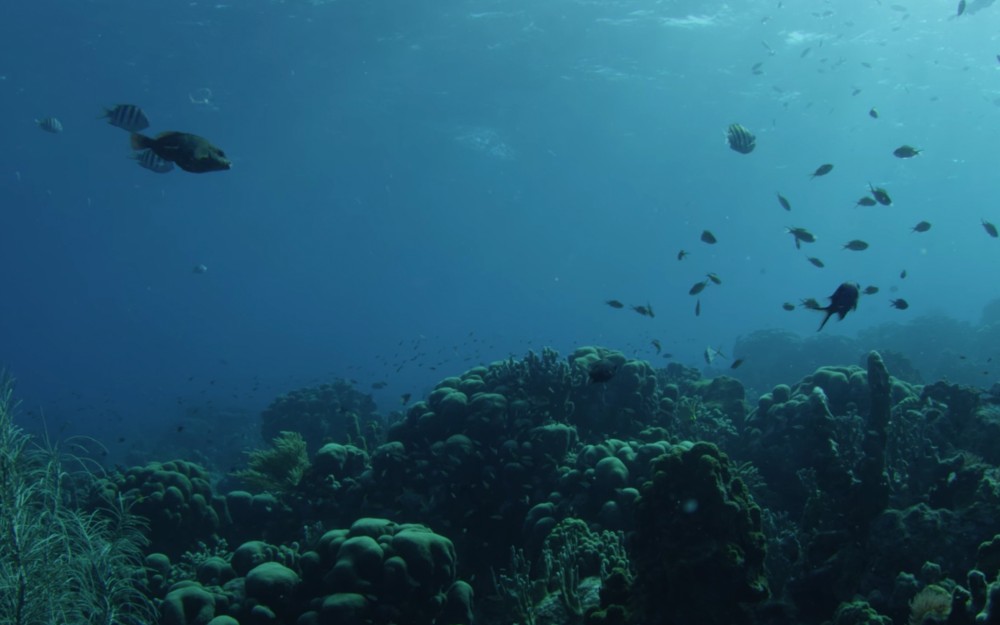Our work in the Shark Bay, Australia, ecosystem is all about preserving and safeguarding the unique environment. We ensure that the animals using Shark Bay as their stronghold are protected from natural and man-made threats.
Institute scientists have been studying this ecosystem for over 20 years. We have been monitoring the species that live in the area, exploring their behaviors and providing solutions to respond to the threats that Shark Bay faces.
Protecting a Unique Ecosystem
Shark Bay, Australia, is a unique environment that is home to some of the world's most threatened species. Creatures like the dugong, southern right whales and bottlenose dolphins have made this area their home or migratory pitstop. Unfortunately, Shark Bay is threatened by climate change, including marine heat waves and intensifying storms.
Since 1997, our scientists have been studying Shark Bay and the animals that call it home. We spearhead an international team of researchers who are looking at the impacts that threats like climate change have had on one of the world's most pristine seagrass ecosystems. Our scientists' work in Shark Bay provides the most detailed study of the ecological role of sharks in the world, and it has been used to drive positive policy changes in shark conservation.
We study the sharks that gave Shark Bay its name, but we also study the other creatures and organisms that rely on the ecosystem to survive. As one of the last largest seagrass ecosystems virtually untouched by mankind, Shark Bay is an ideal area for scientists to study. By gathering information in Shark Bay, our researchers can then provide recommendations for how to protect and restore other threatened marine environments.

Ongoing Research
Experts on Shark Bay
Media seeking interviews should contact the Marketing & Communications Team.

Support Our Work
Your support helps us to join hands with the community in responding to the challenges faced by this World Heritage Site and other ecosystems around the world.